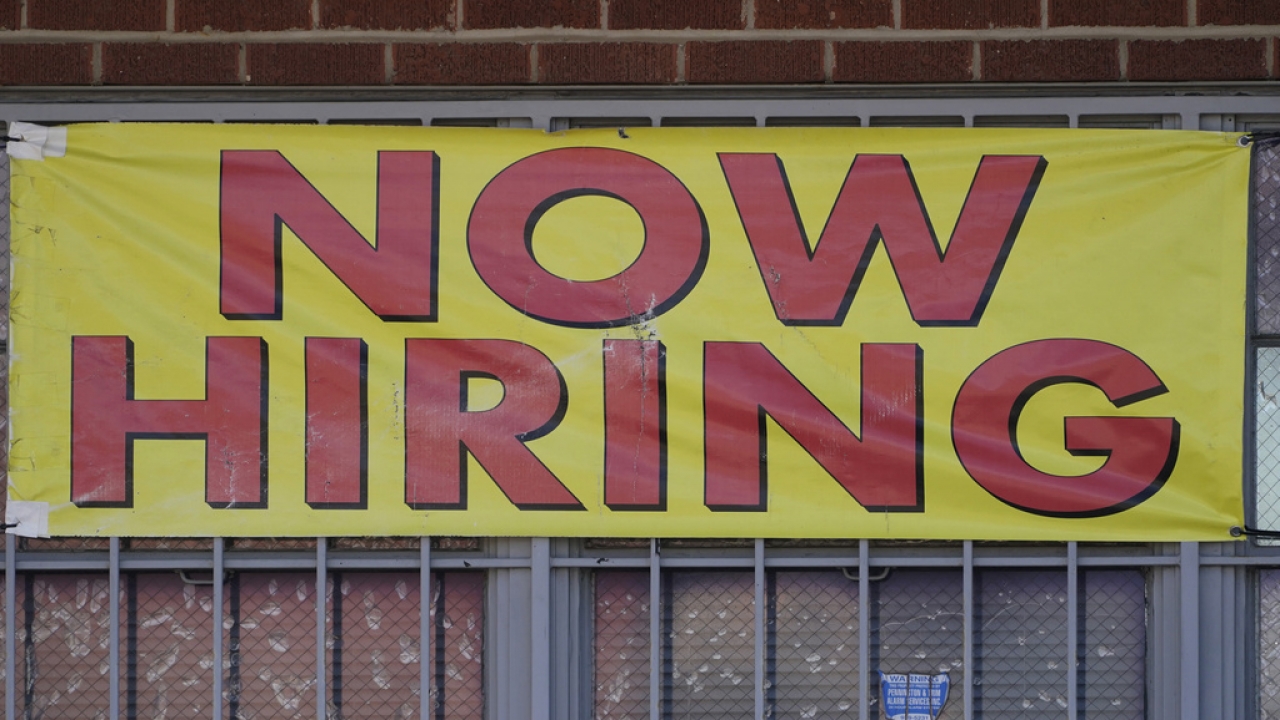
Chicago mayor wants same minimum wage for tipped, non-tipped workers
A proposal in Chicago could make the minimum wage for most servers nearly $16 per hour if approved by City Council.
LEARN MOREWorkers are demanding more from potential employers, and by and large, new data finds employers are obliging.


The agreement would end a strike that has run since Nov. 1. Students returned to classes Monday in anticipation of the deal's approval.

The workers strike coincides with the company's Red Cup Day promotion, which is often its highest sales day of the year.

The five-year agreement follows other deals struck with MGM Resorts International and Caesars Entertainment.

40% of engagements take place between Thanksgiving and Valentine's Day, according to industry experts.

CBP officials say the Tucson area, including Nogales, is already seeing the highest number of migrants coming into the country.

25 million U.S. students use diesel-powered school buses daily, prompting debates on cleaner alternatives.